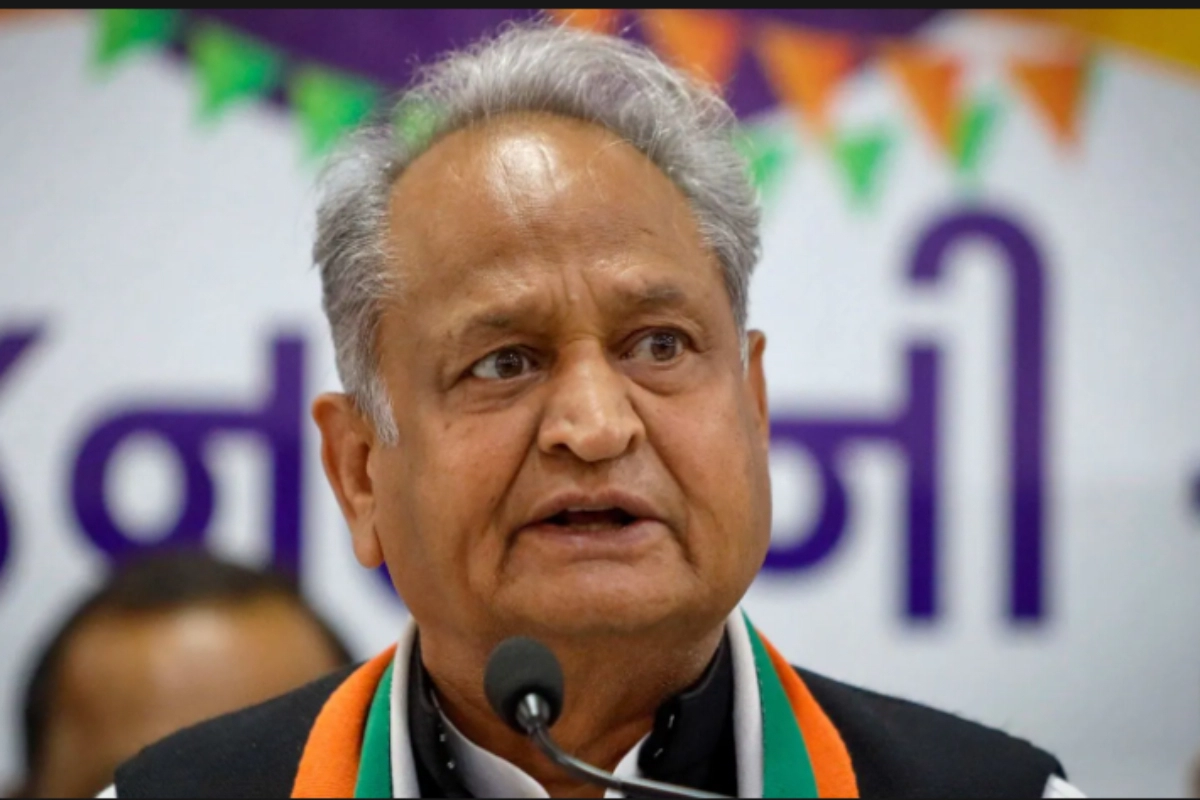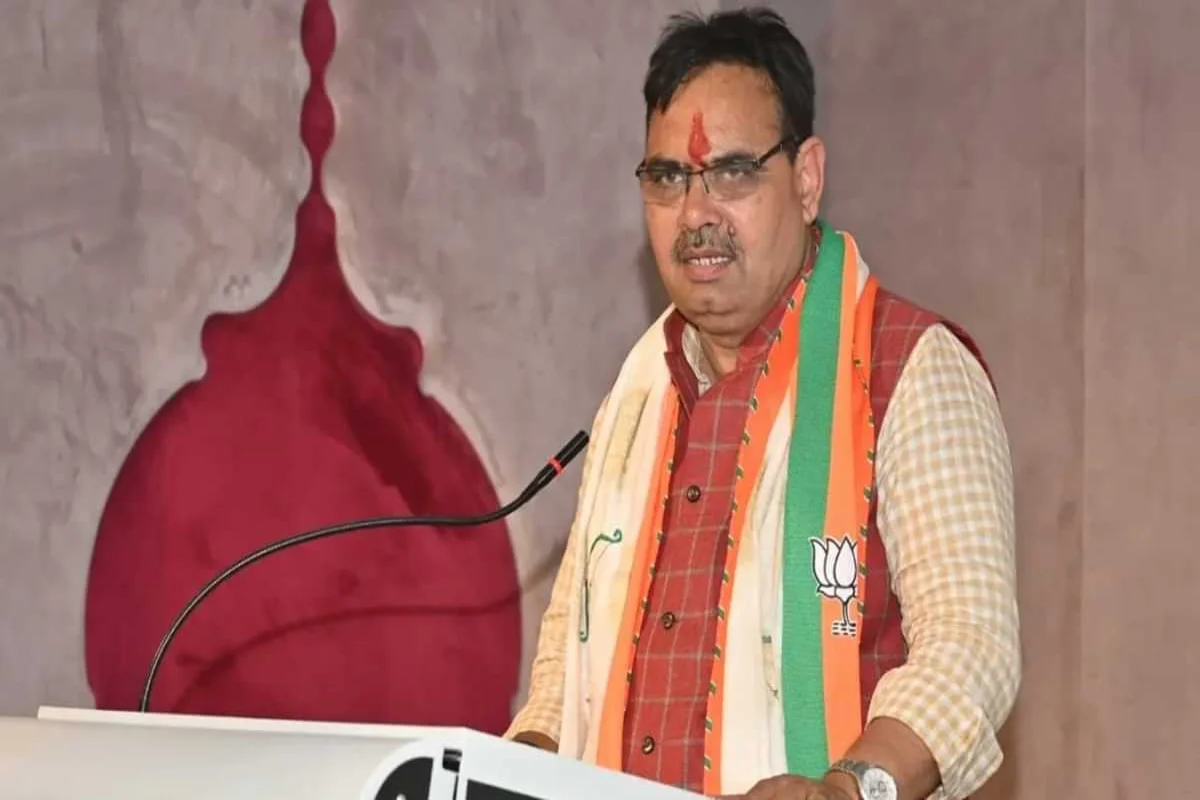Rajasthan News: Since the Ashok Gehlot-led Congress government in Rajasthan announced “freebies” on LPG and power, it has been under fire from BJP politicians who claim that these programmes will harm the state’s economy as it approaches an election. In the past, Prime Minister Narendra Modi has also made strong statements against the “revdi culture,” or the practise of some states of luring voters with subsidies. The state of Rajasthan is, however, in a pretty solid position, and its fiscal health has improved under Gehlot, according to a study of its finances that compares it to other states and to its own history.
Understanding the Context of Rajasthan’s Freebies
The idea that Chief Minister Ashok Gehlot is harming the state’s economy through freebie programmes is not supported by the evidence, according to a review of the effect of freebies on Rajasthan’s economy. Rajasthan has undertaken a number of welfare programmes, such as the debt waiver programme and the Nyuntam Aay Yojana (NYAY), aimed at improving the underprivileged sectors of society and resolving agrarian distress.
Must Read: Lucknow News: Six Cops Suspended after Killing of Sanjeev Maheshwari Jeeva in Court Premises
Contrary to Popular Belief, Freebies Do Not Harm Rajasthan’s Economy
Contrary to common assumption, the evidence indicates that Rajasthan’s economy has not suffered as a result of the deployment of freebies. The state’s revenue spending, which includes the cost of giveaways, has not put a considerable strain on its finances, and the fiscal deficit has remained within allowable bounds. Freebie programmes have also contributed significantly to increasing demand and consumer spending, which has boosted economic growth. The analysis of the data shows that it is untrue to say that giveaways hurt Rajasthan’s economy. The evidence demonstrates that the state has responsibly handled its finances, despite critics’ claims that these plans result in economic inefficiency and fiscal hardship. The implementation of freebies has played a vital role in addressing socio-economic challenges, providing relief to the vulnerable segments of society, and promoting overall economic development.
A Closer Look at the State’s Fiscal Imbalance
Rajasthan’s fiscal deficit, which occurs when spending exceeds income in a fiscal year, increased by 2.1 percentage points in a single year from the prior year to 5.9 percent of its gross state domestic product (GSDP) during the calendar year of 2020–21. Yes, it increased for all states as well, but not by the same degree. The fiscal deficit increased by 1.5 percentage points across all states, from 2.6 percent in 2019–20 to 4.1 percent in 2020–21. However, Rajasthan has made good progress since then in reining in its fiscal imbalance. According to the most recent statistics available, the state has predicted that its fiscal deficit will be 4% of GSDP in 2022–2023 as opposed to the average of 3.4 % for all states. In comparison to the average reduction of 0.6 percentage points for all states, Rajasthan has cut its fiscal deficit by 1.9 percentage points in just two years. It’s also important to note that the fiscal deficit increased by 0.8 percentage points under Vasundhara Raje’s leadership of the BJP from 2013–2014 to 2018–19, as opposed to a relatively slower increase of 0.5 percentage points so far under Gehlot.
Shift in Own Tax Collection under Different Chief Ministers
The Print looked even more closely into the state’s finances to learn how Rajasthan was boosting its own income. Taxes account for the majority (about 70 percent) of Rajasthan’s revenue. Central transfers provide the remaining funds. Revenues from taxes are split between Rajasthan’s portion of central taxes and its own tax. What is noteworthy is that, during Vasundhara Raje’s tenure as chief minister, own taxes as a share of Rajasthan’s overall tax collection fell from 66 to 62 percent, only to increase once again under Gehlot to 67 percent in 2022–2023. In other words, Vasundhara Raje increased Rajasthan’s reliance on revenue devolution from the federal government, while Gehlot increased its independence. Further investigation revealed that Rajasthan’s own tax revenue had increased as a result of the implementation of the GST.That is, since the introduction of the GST, sales taxes have contributed a larger portion of the state’s own tax revenue.Being in this position is preferable to being reliant on other internal tax revenue streams, such as the tax on energy or the tax on motor vehicles, because taxes like the GST are more inclusive and apply to practically all goods and services.According to Arvind Mayaram, a former Union finance secretary and economic adviser to the chief minister of Rajasthan, this growing reliance on state GST is a result of the state’s implementation of “light-touch” tax policies that encourage compliance without “the need to keep doing raids.” He told ThePrint that it was a significant component of a coordinated state government effort. Which essentially indicates that better compliance is being achieved through the systems that have been implemented, and better compliance is occurring without harassment.
Keep watching our YouTube Channel ‘DNP INDIA’. Also, please subscribe and follow us on FACEBOOK, INSTAGRAM, and TWITTER












